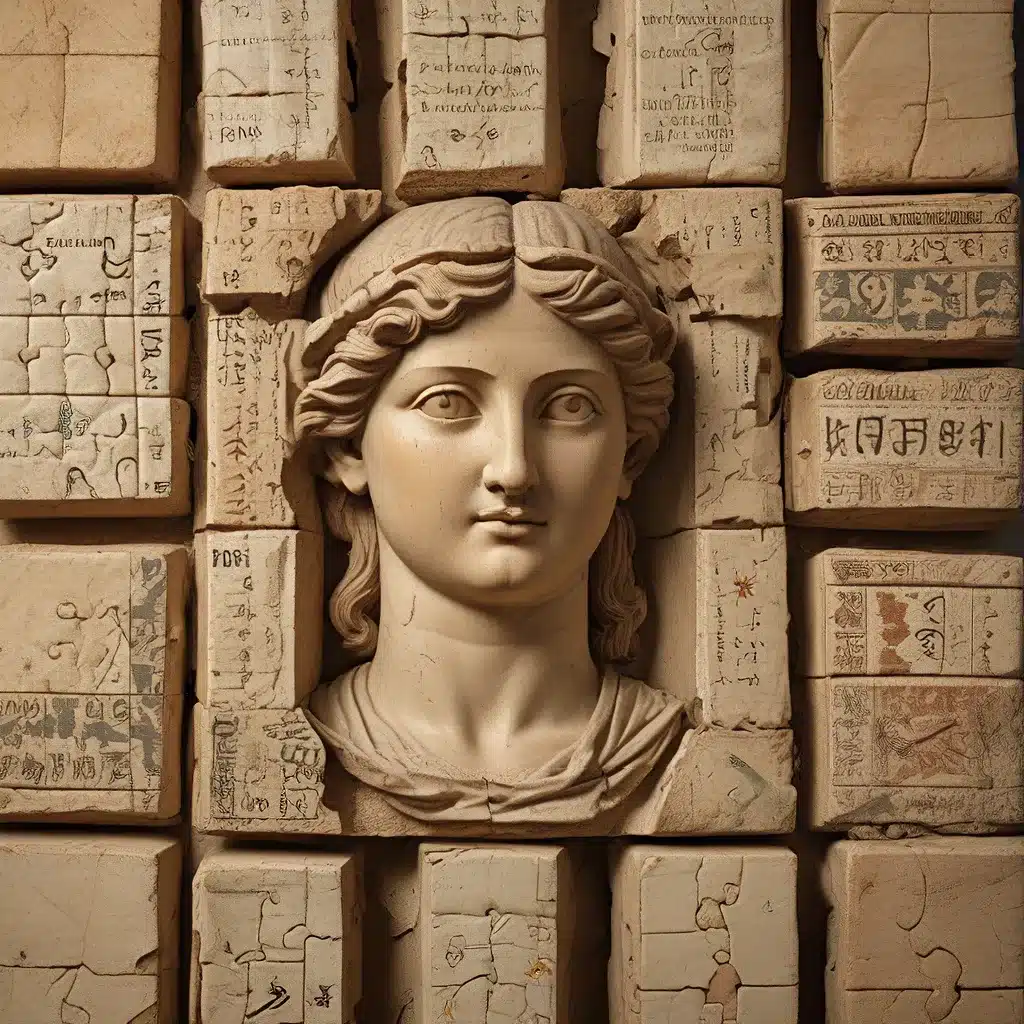
In the dusty crevices of the Judean Desert, a remarkable discovery unfolded, revealing the secrets of a bygone era. The Dead Sea Scrolls, a treasure trove of ancient texts, have captivated scholars and history enthusiasts alike, serving as a window into the past. These fragmented documents, once thought to be the sole relics of a forgotten civilization, have now become the focus of a new wave of research, with scientists employing innovative techniques to unravel their mysteries.
Unlocking the Dead Sea Scroll Puzzle
The Dead Sea Scrolls are a remarkable collection of ancient manuscripts, discovered in the late 1940s and 1950s in a series of caves near the archaeological site of Qumran, situated along the northwestern shore of the Dead Sea. These texts, dating back to the 3rd century BCE to the 1st century CE, contain some of the oldest known copies of certain books of the Hebrew Bible, as well as a wealth of calendars, astronomical texts, and community rules.
However, the true challenge in studying these scrolls lies in the fact that the majority of them are not intact scrolls, but rather thousands of fragmented pieces that have baffled researchers for decades. According to a statement, the 25,000 pieces may have once made up 1,000 separate documents and books, making the task of piecing them together a daunting one.
Genetic Analysis: A New Approach
In a groundbreaking development, researchers have turned to genetic analysis to aid in the reconstruction of these ancient texts. Oded Rechavi, a molecular biologist at Tel Aviv University in Israel and co-author of the new research, explains that the biological material of the texts, primarily sheepskin, is just as informative as the text itself.
By extracting and analyzing the genetic material from 26 of the scroll fragments, the researchers were able to determine that all but two were made of sheepskin, with the remaining two being from cowhide. This discovery has significant implications for the origins and provenance of the scrolls, as the presence of cowhide fragments suggests that they may have come from outside the Qumran region, which was less suitable for raising cattle.
Textual Variations and Interpretations
The genetic analysis has also provided insights into the textual variations within the Dead Sea Scrolls. Noam Mizrahi, a biblical scholar at Tel Aviv University, explains that the fact that the most divergent textual fragments are also made of different animal species is indicative of their distinct provenance.
For instance, two fragments of the Book of Jeremiah, once thought to be parts of a single manuscript, were revealed to be from different scrolls when genetic testing found that one of the pieces was made of cowhide. This discovery suggests that the ancient Jewish texts were subject to revision and interpretation, rather than being fixed.
Combating Forgeries
The use of genetic analysis has not only helped in reconstructing the original texts but also in identifying potential forgeries. As Rechavi explains, “Since we can distinguish scrolls that originated from Qumran from other scrolls, we think that maybe in the future it could help identify real versus false scroll pieces.”
This is a significant development, as the Museum of the Bible has recently discovered several forged Dead Sea Scroll fragments in its collection. The ability to differentiate between genuine and counterfeit pieces based on their genetic signatures could be a game-changer in the field of ancient document authentication.
Preserving the Past
The importance of the Dead Sea Scrolls cannot be overstated. As one of the most significant archaeological discoveries of the 20th century, these ancient texts provide invaluable insights into the religious, cultural, and historical practices of the ancient Jewish world.
However, the fragile nature of these artifacts presents unique challenges in their preservation and study. The British Museum, for example, has developed specialized techniques for caring for ancient papyrus documents, which share similar preservation concerns with the Dead Sea Scrolls.
Unraveling the Mysteries of Antiquity
The ongoing research and analysis of the Dead Sea Scrolls serve as a testament to the relentless pursuit of historical knowledge. Archaeologists, historians, and scientists continue to collaborate, pushing the boundaries of our understanding of the past.
By harnessing the power of modern technology, such as genetic analysis, researchers are uncovering new layers of information that were previously inaccessible. These discoveries not only shed light on the lives and beliefs of ancient civilizations but also challenge our preconceptions and inspire us to delve deeper into the mysteries of antiquity.
As we continue to unravel the puzzles of the past, the story of the Dead Sea Scrolls serves as a reminder of the remarkable resilience of human knowledge and the enduring significance of our shared heritage. The journey to piecing together the fragments of history is an ongoing one, and the insights gained from this endeavor will undoubtedly shape our understanding of the world that came before us.
Exploring the Lost Kingdoms
The Lost Kingdoms website (https://thelostkingdoms.com/) is dedicated to preserving and sharing the rich tapestry of ancient civilizations, their cultural legacies, and the latest archaeological discoveries. From the enigmatic Mayan ruins to the grand empires of ancient China, our platform offers a comprehensive exploration of the fascinating, often forgotten, chapters of human history.
Join us as we continue to uncover the hidden stories that lie within the fragments of the past, shedding light on the diverse and influential cultures that have shaped our world.


